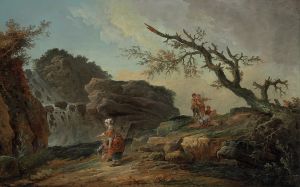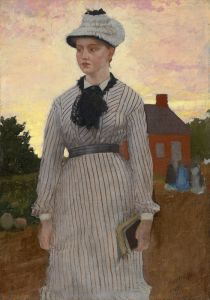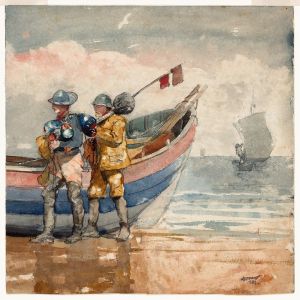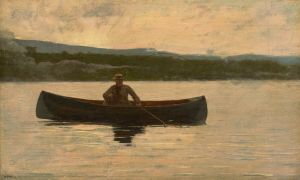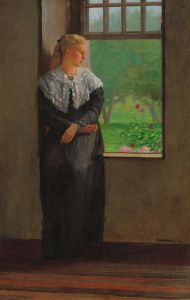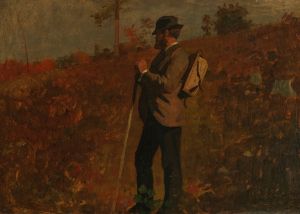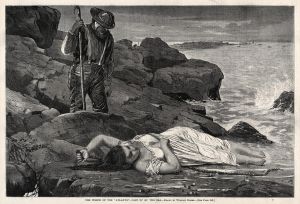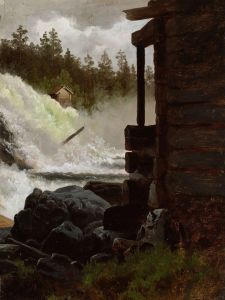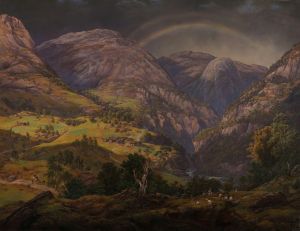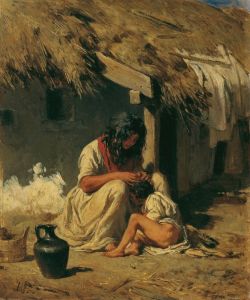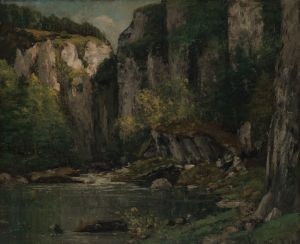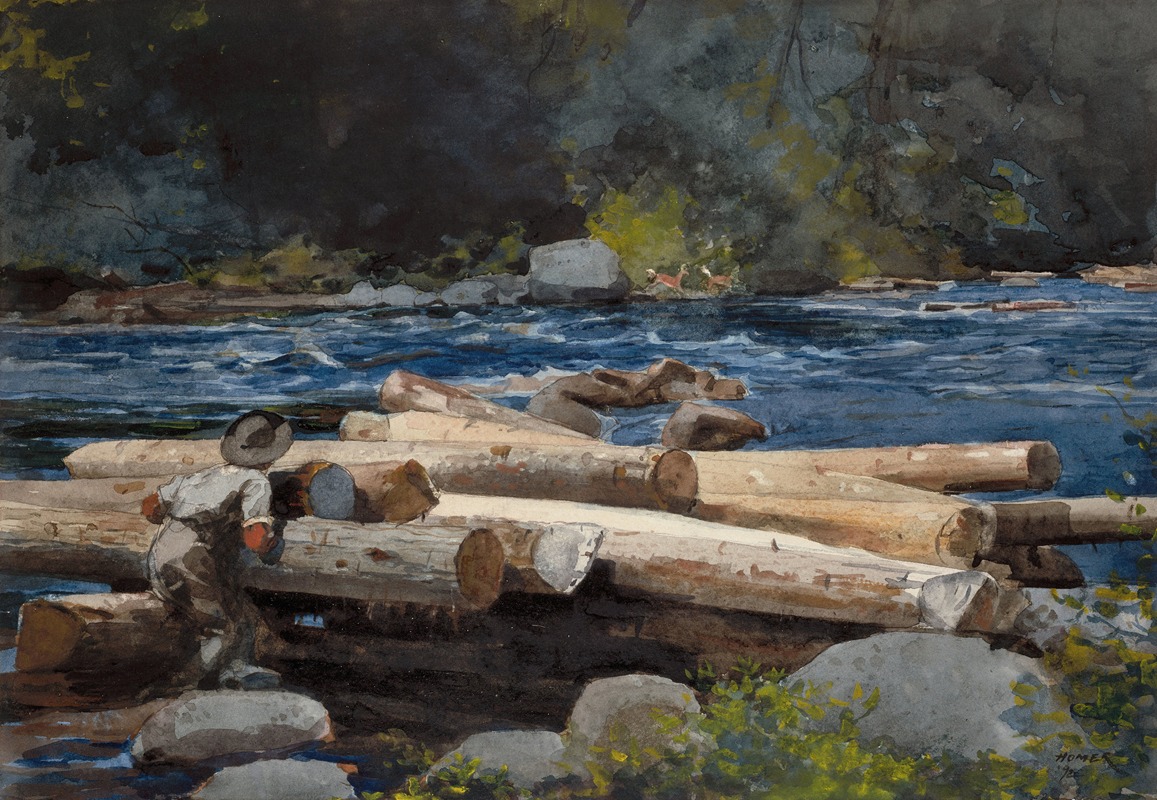
Hudson River
A hand-painted replica of Winslow Homer’s masterpiece Hudson River, meticulously crafted by professional artists to capture the true essence of the original. Each piece is created with museum-quality canvas and rare mineral pigments, carefully painted by experienced artists with delicate brushstrokes and rich, layered colors to perfectly recreate the texture of the original artwork. Unlike machine-printed reproductions, this hand-painted version brings the painting to life, infused with the artist’s emotions and skill in every stroke. Whether for personal collection or home decoration, it instantly elevates the artistic atmosphere of any space.
Winslow Homer was an American landscape painter and printmaker, best known for his marine subjects. Born in 1836, Homer is considered one of the foremost painters in 19th-century America and a preeminent figure in American art. His work is characterized by its dramatic and realistic portrayal of nature and the human experience within it.
"Hudson River" by Winslow Homer is one of his lesser-known works, and there is limited information available about this specific painting. Homer is more widely recognized for his later works, particularly those depicting the sea and the rugged coastlines of the Northeastern United States. However, his earlier works, including those featuring the Hudson River, reflect his interest in the American landscape and his skill in capturing the subtleties of light and atmosphere.
The Hudson River itself has been a significant subject for many American artists, particularly those associated with the Hudson River School, a mid-19th-century American art movement embodied by a group of landscape painters whose aesthetic vision was influenced by romanticism. While Homer is not typically categorized within this movement, his work shares a similar appreciation for the natural beauty of the American landscape.
Homer's approach to painting was largely self-taught, and he began his career as a commercial illustrator. His transition to painting allowed him to explore a variety of subjects, including rural scenes, the Civil War, and later, the sea. His early works often depicted serene landscapes and everyday life, capturing the essence of American life in the 19th century.
The Hudson River, with its picturesque scenery and historical significance, would have been a compelling subject for Homer. The river stretches over 300 miles through eastern New York, flowing from the Adirondack Mountains to the Atlantic Ocean. It has been an inspiration for countless artists, writers, and musicians, symbolizing both the beauty and the power of nature.
In Homer's time, the Hudson River was not only a natural wonder but also a vital commercial waterway, playing a crucial role in the economic development of the region. The river's landscapes, with their dramatic interplay of light and shadow, offered a perfect canvas for Homer's talents in capturing the transient effects of weather and time of day.
While specific details about Homer's "Hudson River" painting are scarce, it can be assumed that, like his other works, it would have demonstrated his keen observational skills and his ability to convey the mood and atmosphere of the scene. Homer's paintings are known for their strong compositions, vibrant colors, and dynamic brushwork, all of which contribute to their enduring appeal.
In summary, while there is limited specific information about Winslow Homer's "Hudson River," his broader body of work reflects a deep appreciation for the American landscape and an exceptional ability to capture its essence. His paintings continue to be celebrated for their beauty, technical skill, and emotional depth, securing his place as one of America's most important artists.





